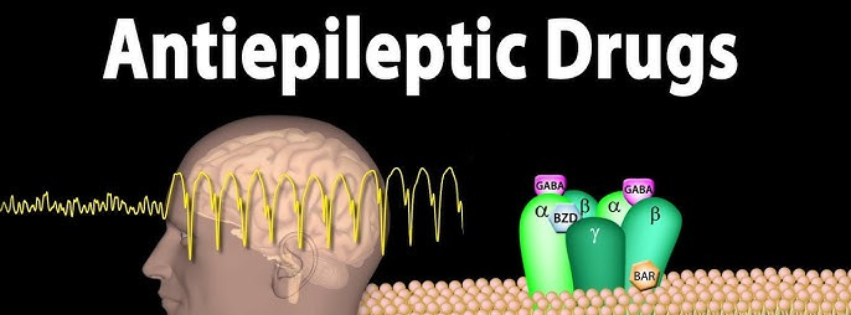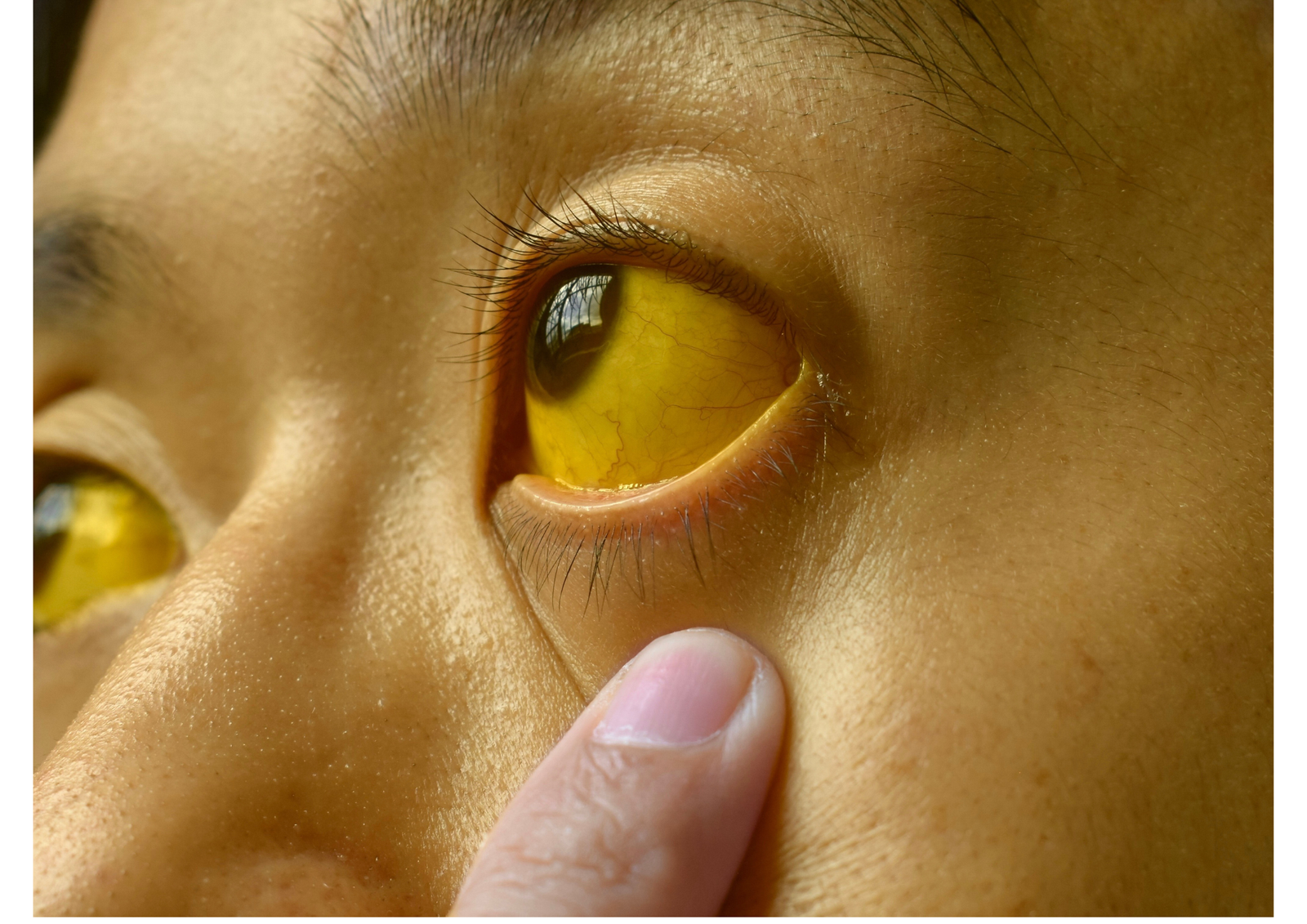Understanding TyphlitisThrough the Lens of Ayurveda
Introduction: When the Gut Cries for Attention
In today’s fast-moving life, our digestion is often the first casualty of stress, irregular eating habits, and processed foods. Many of us experience occasional stomach upsets, bloating, or loss of appetite — but sometimes, these discomforts evolve into something far more serious. One such condition, known in modern medicine as Typhlitis, is a severe inflammation of the cecum, the first part of the large intestine.
While Typhlitis is medically recognized as a condition often associated with low immunity — especially in people undergoing chemotherapy or suffering from immune-suppressing disorders — Ayurveda views it through a broader and deeper lens. According to our ancient science, every disease has its root in Agni (digestive fire) and the balance of the three Doshas — Vata, Pitta, and Kapha.
Understanding Typhlitis in Ayurvedic terms helps us not just manage its symptoms, but also heal the underlying imbalances that allow such inflammation to arise in the first place.
What is Typhlitis? A Modern Medical Perspective
In modern medical understanding, Typhlitis (also called NeutropenicEnterocolitis) is an inflammation of the cecum, which may extend to the ascending colon or ileum. It commonly occurs in individuals with weakened immunity, especially those undergoing chemotherapy, leukemia treatment, or organ transplants.
The symptoms typically include:
- Pain in the lower right abdomen
- Fever and chills
- Bloating and tenderness
- Diarrhea or constipation
- Sometimes, nausea or vomiting
From a pathophysiological perspective, the intestinal lining becomes inflamed due to infection or reduced blood flow, which can lead to ulceration and, in severe cases, perforation.
But Ayurveda always encourages us to look deeper — to ask why the body has become vulnerable in the first place.
Ayurvedic Viewpoint: Decoding TyphlitisBeyond the Name
While Ayurveda does not mention “Typhlitis” directly by name, its symptoms closely resemble disorders described as:
- GrahaniRoga (malabsorption and inflammation of the intestines)
- PittajaAtisara (pitta-dominant diarrhea or inflammation)
- Amlapitta (acidic imbalance leading to inflammation and burning)
- PakvashayaShotha (swelling/inflammation of the large intestine region)
In Ayurveda, such conditions arise primarily due to Mandagni (low digestive fire) and the subsequent accumulation of Ama (toxic, undigested waste).
When Ama lodges in the intestines, it irritates the mucosal lining, disturbs the Vata and Pitta doshas, and sets the stage for inflammatory processes. If the body’s Ojas (vital immunity) is already weak, this inflammation can worsen rapidly — similar to what we see in Typhlitis cases in modern medicine.
Root Cause According to Ayurveda
The root of Typhlitis, when seen through the Ayurvedic framework, lies in four key disturbances:
- Agnimandya (Weak Digestive Fire):
Irregular eating habits, heavy and oily foods, and overeating reduce the efficiency of Agni, allowing Ama to form. - Ama Formation:
The toxic, sticky residue of improper digestion begins to clog the intestines and disturb nutrient absorption. - Dosha Imbalance:
- Vata aggravation leads to pain, gas, and distension.
- Pitta aggravation causes inflammation, fever, and burning sensations.
- Kapha accumulation can cause heaviness, mucus, and sluggish digestion.
- Ojas Depletion:
When immunity (Ojas) weakens due to chronic stress, disease, or medical treatment (like chemotherapy), the body cannot fight infections, and inflammation deepens.
Thus, the Ayurvedic approach does not just aim to cool the inflammation — it seeks to rekindle Agni, remove Ama, and rebuild Ojas, creating a true foundation for healing.
Symptoms in Ayurvedic Context
If we translate the clinical presentation of Typhlitis into Ayurvedic understanding, we see a blend of Pittaja and Vataja symptoms:
- Pittaja signs: Burning pain in the abdomen, fever, thirst, sour belching, yellowish stool or urine, irritation.
- Vataja signs: Cramping pain, bloating, gas, dryness, irregular bowel movement.
- Ama symptoms: Coated tongue, foul breath, heaviness, fatigue, sticky stools.
The intensity of these symptoms depends on which dosha is dominant and how weak the body’s Agni has become.
Ayurvedic Pathology (Samprapti)
Let’s trace the disease process according to Ayurveda:
- Nidana (Causative Factors):
- Excessive intake of spicy, oily, and acidic foods
- Overuse of antibiotics or chemotherapy drugs
- Irregular meals, eating under stress
- Suppression of natural urges
- Lack of sleep and excessive mental stress
- Dosha Involvement:
Pitta and Vata are mainly aggravated. - Srotas (Channels) Affected:
Primarily AnnavahaSrotas (digestive tract) and PurishavahaSrotas (excretory system). - SthanaSamshraya (Localization):
The cecum and adjacent parts of the large intestine become the site of Ama accumulation. - Vyakti (Manifestation):
The patient develops pain, tenderness, fever, and disturbed digestion — the full manifestation of Typhlitis. - Bheda (Complications):
If untreated, it may lead to ulceration, bleeding, or systemic infection — conditions described in Ayurveda as DushtaGrahani or SannipataJwara (mixed dosha fevers).
Ayurvedic Diagnosis
Ayurvedic diagnosis relies not only on symptoms but also on Darshana (inspection), Sparshana (palpation), and Prashna (questioning).
In a suspected case of Typhlitis, a Vaidya (Ayurvedic physician) would assess:
- Agni bala (digestive strength)
- Doshaprakriti (body constitution)
- Nabhi and Pakvashaya tenderness
- Jivha (tongue) coating for Ama
- Pulse examination (NadiPariksha) indicating Pitta–Vata imbalance
This holistic diagnostic approach helps tailor the treatment individually rather than applying a one-size-fits-all remedy.
Ayurvedic Management and Treatment of Typhlitis
Ayurvedic management of Typhlitis focuses on three main goals:
- Pacifying aggravated doshas (mainly Pitta and Vata)
- Eliminating Ama (toxins)
- Restoring Agni and Ojas
- ShamanaChikitsa (Pacification Therapy)
This stage involves using herbs and diet to calm inflammation and strengthen digestion.
Key Herbs and Formulations:
- Bilva (Aeglemarmelos): Strengthens intestines, relieves diarrhea, reduces inflammation.
- Kutaja (Holarrhenaantidysenterica): A powerful remedy for intestinal infections and colitis.
- Mustaka (Cyperusrotundus): Soothes Pitta and balances bowel function.
- Guduchi (Tinosporacordifolia): Enhances immunity and heals intestinal lining.
- Shunthi (Dry ginger): Improves Agni without aggravating Pitta.
- Amalaki (Emblicaofficinalis): Cools and rejuvenates Pitta-aggravated tissues.
Classical formulations that may be used:
- KutajghanVati
- BilvadiChurna
- SanjeevaniVati (for Ama digestion)
- Draksharishta or Amritarishta (to enhance strength and immunity)
- ShodhanaChikitsa (Detoxification Therapy)
If the patient’s condition allows, mild purification therapies can be performed once the acute phase subsides.
- MriduVirechana (Gentle purgation): Using herbs like Triphala or Castor oil to eliminate excess Pitta and Ama from the intestines.
- Basti (Medicated enema): Especially Pitta–VataharaBasti prepared from Dashamoola decoction and medicated oils like Balatailam or YashtimadhuTaila, to soothe and nourish the colon.
Basti is particularly valuable, as it directly treats the large intestine — the seat of Vata and the main site of Typhlitis inflammation.
- RasayanaChikitsa (Rejuvenation Therapy)
Once the inflammation subsides, the focus turns to rebuilding immunity and intestinal health.
Rasayana Herbs:
- GuduchiRasayana: For immunity and tissue rejuvenation
- AmalakiRasayana: For cooling and strengthening Pitta tissues
- Ashwagandha and Shatavari: For nourishment and vitality
- Brahmi and Mandukaparni: For mental calm and cellular repair
This stage is crucial to prevent recurrence and help the body regain resilience, especially in patients with low immunity.
Dietary Management (Ahara)
Diet plays a central role in recovery. Ayurveda emphasizes Laghu (light), Snigdha (unctuous), and Pitta–Vata pacifying foods.
Recommended Foods:
- Warm rice gruel (Peya), Manda (thin rice soup) during acute phase
- Cooked moong dal, bottle gourd, ridge gourd, pumpkin
- Ghee in small quantities — to lubricate the intestines
- Fresh pomegranate juice or buttermilk (if digestion allows)
- Herbal teas made of cumin, coriander, and fennel seeds
Foods to Avoid:
- Spicy, fried, or acidic foods
- Cold beverages
- Meat, alcohol, and heavy dairy products
- Refined sugars and processed foods
Regular meals, eaten in a calm and peaceful environment, help Agni recover and maintain balance.
Lifestyle (Vihara)
Healing from intestinal inflammation is not only about herbs — it also demands discipline and gentleness in lifestyle.
Recommended Practices:
- Adequate rest — avoid overexertion
- Gentle yoga poses like Pavanamuktasana and Vajrasana to improve digestion
- Daily meditation or Pranayama to reduce stress-induced Pitta aggravation
- Avoid suppressing natural urges (belching, defecation, sleep, etc.)
- Maintain regular sleep patterns
These small, consistent habits create harmony between the body’s inner fire and outer rhythm.
Modern Integration: Ayurveda Alongside Conventional Care
In severe Typhlitis, especially in immunocompromised patients, modern medical treatment — including antibiotics, fluid therapy, and monitoring — is essential and life-saving. Ayurveda, in such cases, acts as a complementary therapy, supporting recovery and strengthening the system once the acute infection is controlled.
Herbs like Guduchi, Yashtimadhu, and Amalaki are particularly safe and can be used (with medical supervision) alongside modern treatments to reduce inflammation, enhance immunity, and support gut healing.
Preventive Wisdom from Ayurveda
Ayurveda teaches us that prevention is always better than cure. To prevent intestinal inflammations like Typhlitis, one must:
- Eat according to Agni: Avoid eating when not hungry.
- Maintain regular meal timings.
- Favor warm, freshly cooked food.
- Include digestive spices: cumin, coriander, and turmeric.
- Stay hydrated — but avoid excessive cold water.
- Practice seasonal detoxification: mild fasting or Panchakarma under guidance.
- Manage stress: through yoga, meditation, or breathwork.
By nurturing our digestive fire and maintaining emotional balance, we build natural immunity against inflammatory diseases.



